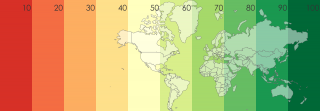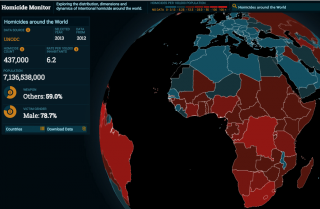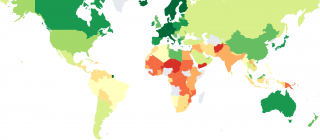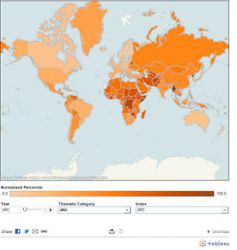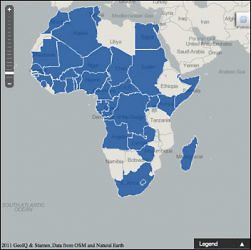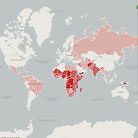Global indices have proliferated in recent years, offering citizens, academics, and policymakers ways to measure change in the world. These indices give us approximations of where goals have been achieved and where more work needs to be done.
Maps and Indices
-
-
In 2012, the latest date for which relatively comprehensive information is available, one out of every three people violently killed each year around the world—outside ongoing war zones—was either Brazilian, Colombian, Mexican, or Venezuelan.
-
In this updated edition of the International Peace Institute’s Catalogue of Indices, over 60 indices and indicators have been categorized into eight themes.
-
An interactive map and data on thirty indices, ranking countries on issues such as human rights, conflict, governance, gender, environment, fragility, and more.
-
The GO is tracking African elections and updating this map that lists upcoming elections and recent results.
-
Using available data from the World Bank, UNDP, WHO, FAO, and Transparency International, this map highlights the most extreme cases of youth bulge, poverty, inequality, lack of education, poor public health, corruption, and food and water scarcity
-
The first list of country indices available in open-sources. Includes a review of thirty indices and a description of the methodology and results.
-
This map shows mostly presidential and legislative elections held or to be held in 2011 and 2012.
